Quick Guide to Emergency Bronchoscopy Procedures
Dec 21, 2023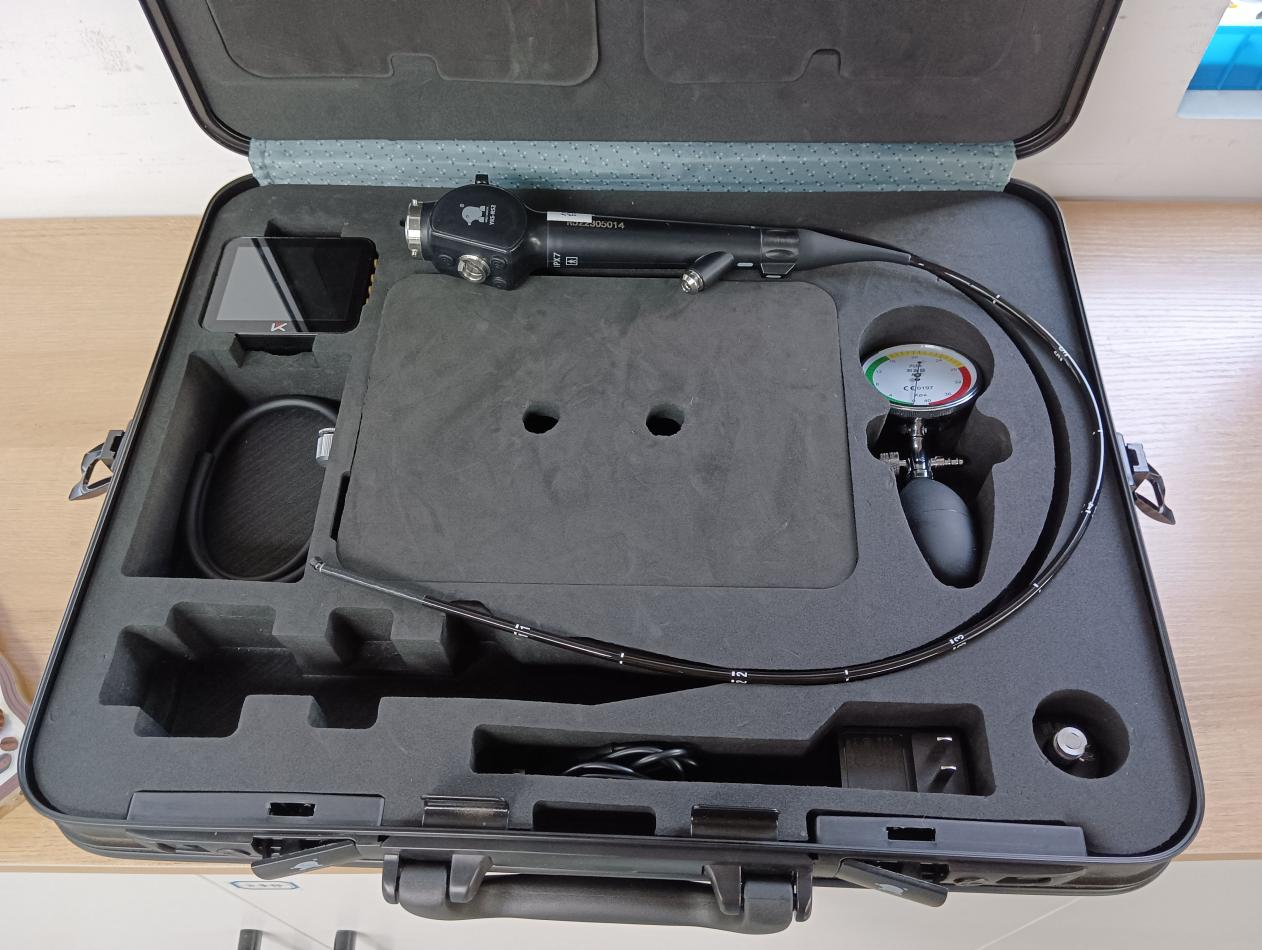
Emergency bronchoscopy is a critical procedure used to diagnose and treat a variety of respiratory conditions. It involves the insertion of a thin, flexible tube with a camera and light into the patient’s airways to visualize and access potential obstructions or abnormalities. An emergency bronchoscopy may be performed to address life-threatening emergencies, such as severe bleeding or blockages of the airway. This article will provide an overview of emergency bronchoscopy procedures, including its indications, critical considerations, and other aspects of its performance and recovery.
Key Takeaways:
- Emergency bronchoscopy is a procedure that involves inserting a thin, flexible tube into the airways to diagnose and treat respiratory conditions.
- It is used to address life-threatening respiratory emergencies, such as severe bleeding or blockages of the airway.
- The procedure requires careful preparation and anesthesia management to ensure the patient’s safety and comfort.
- Emergency bronchoscopy carries the risk of potential complications, including bleeding, infection, and airway damage.
- Patients will need to follow post-procedure care guidelines to ensure a safe and successful recovery.
Indications for Emergency Bronchoscopy
In emergency situations, bronchoscopy can be a life-saving procedure for patients with acute respiratory distress. Some of the indications for emergency bronchoscopy include:
- Foreign body obstruction in the airway
- Severe bleeding or hemorrhage in the lung
- Acute respiratory failure due to infection or inflammation
- Tracheal stenosis or collapse
- Suspected lung cancer with airway obstruction
It is important to note that these indications are not exhaustive and that individual cases may require immediate bronchoscopy based on the discretion of the treating physician. Rapid identification of these indications and timely intervention can prevent further complications
In some cases, bronchoscopy may be used as a diagnostic tool to evaluate respiratory symptoms and aid in the diagnosis and treatment of various lung conditions. If you are experiencing any respiratory symptoms, seek medical attention immediately to determine if bronchoscopy may be necessary.
Preparation and Anesthesia for Emergency Bronchoscopy
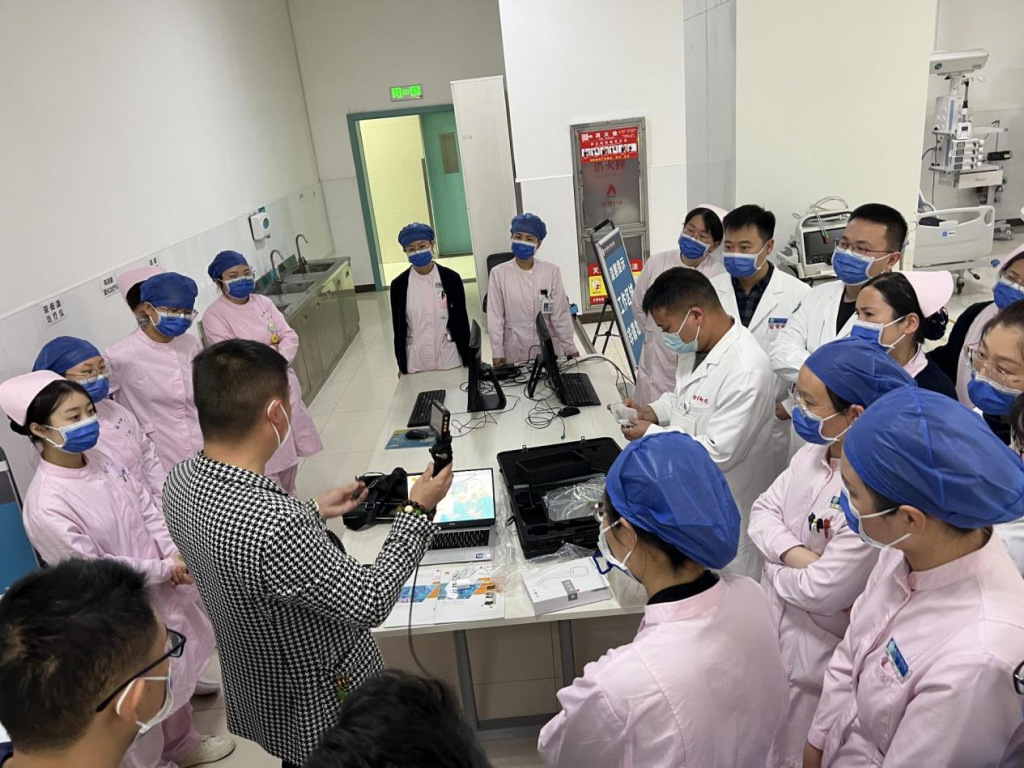
Prior to emergency bronchoscopy, it is crucial to properly prepare the patient to ensure their safety and optimal outcomes. The patient’s airway should be stabilized, and their vital signs should be monitored. The medical team should also obtain informed consent from the patient or their guardian before the procedure.
Anesthesia is typically required for emergency bronchoscopy to alleviate pain and reduce discomfort during the procedure. The type of anesthesia used will depend on the patient’s medical history, individual needs, and the urgency of the situation. Common types of anesthesia include general anesthesia, sedation, and local anesthesia.
General anesthesia can involve risks and requires close monitoring by trained medical professionals. It is typically reserved for high-risk patients or those with complex medical issues. Sedation is a lighter form of anesthesia that involves the use of medication to induce relaxation and reduce anxiety. Local anesthesia involves the injection of medication to numb the area around the bronchoscope insertion site.
Prior to administering any anesthesia, healthcare providers should conduct a thorough review of the patient’s medical history and take into account any medications or substances the patient may have consumed recently that could interact with the anesthesia. By taking these necessary precautions, the risk of complications during the procedure can be reduced.
The Procedure: Instruments, Risks, and Complications
Emergency bronchoscopy procedures involve the use of specialized instruments designed for airway intervention. The instruments used in bronchoscopy procedures may vary depending on the nature of the emergency, but they all serve a similar purpose. The flexible bronchoscope is a commonly used instrument that can visualize and access the airways, while the rigid bronchoscope is used for therapeutic procedures and situations where ventilation is compromised.
Despite its effectiveness, emergency bronchoscopy procedures carry certain risks, which can include bleeding, perforation of the bronchial wall, and infection. To mitigate these risks, highly skilled professionals must perform the procedure in a controlled environment. Proper patient selection, pre-procedure planning, and coordinated post-procedure care can substantially reduce the likelihood of complications.
Complications may arise during or following a bronchoscopy procedure, some of which necessitate immediate intervention. Oxygen desaturation, bronchospasm, and laryngospasm are all potential complications that may occur. Fortunately, experienced bronchoscopists can often prevent these adverse events through vigilant monitoring and quick intervention when necessary.
Bronchoscopy Risks
- Bleeding
- Perforation of the bronchial wall
- Infection
- Airway obstruction
- Bronchospasm
Bronchoscopy Complications
- Oxygen desaturation
- Arrhythmia
- Hypotension
- Laryngospasm
- Cardiac arrest
In conclusion, emergency bronchoscopy procedures require specialized instruments, skilled professionals, and careful management of potential risks and complications. By following established guidelines and protocols, bronchoscopists can safely and effectively conduct procedures that save lives and improve outcomes for patients.
Conclusion
After emergency bronchoscopy, it is crucial for patients to follow recovery guidelines to ensure proper healing. Patients may experience mild soreness and coughing, which can be managed by taking prescribed medications and avoiding strenuous activities.
It is recommended to schedule follow-up appointments to monitor recovery progress and address any concerns. The physician will provide specific guidelines for each patient to ensure a safe and successful recovery.
Remember to follow the bronchoscopy guidelines provided by the healthcare team to minimize the risk of complications. By taking these precautions and following the recommended recovery steps, patients can return to their daily activities with improved breathing and overall health.
FAQ
What is emergency bronchoscopy?
Emergency bronchoscopy is a medical procedure performed to assess and treat urgent airway problems. It involves the insertion of a bronchoscope, a slender tube with a light and camera, into the airways to visualize and intervene in cases of respiratory emergencies.
What are the indications for emergency bronchoscopy?
Emergency bronchoscopy may be indicated in various situations, including severe respiratory distress, airway obstruction, suspected foreign body aspiration, massive bleeding in the respiratory tract, and unexplained pneumonia. It is also used in cases of suspected lung cancer or other tumors that affect the airways.
How is a patient prepared for emergency bronchoscopy?
Prior to the procedure, the patient’s medical history will be assessed, and relevant tests, such as imaging or blood work, may be ordered. The patient may need to fast for a certain period before the procedure. Anesthesia will be administered to ensure comfort during the bronchoscopy.
What types of anesthesia are used during emergency bronchoscopy?
The type of anesthesia used depends on the situation and the patient’s condition. In some cases, local anesthesia is sufficient, where the airway is numbed. However, general anesthesia may be required for more complex and lengthy procedures to ensure the patient remains unconscious and pain-free throughout.
What instruments are used in emergency bronchoscopy?
During emergency bronchoscopy, various specialized instruments are used, including bronchoscopes, forceps, brushes, suction catheters, and biopsy tools. The choice of instruments depends on the specific purpose of the procedure, such as removing a foreign object or obtaining a tissue sample for biopsy.
What are the risks and complications associated with emergency bronchoscopy?
While emergency bronchoscopy is generally considered safe, there are potential risks and complications. These can include bleeding, infection, damage to the airway, hypoxia (low oxygen levels), aspiration (inhaling fluid or debris), and adverse reactions to anesthesia. However, these risks are often outweighed by the potential benefits of the procedure.
How long does it take to recover from emergency bronchoscopy?
The recovery time can vary depending on the individual and the specific procedure performed. In general, patients may experience a sore throat, coughing, and mild discomfort for a few days after bronchoscopy. Most patients can resume their regular activities within 24 to 48 hours, but it is important to follow the guidelines provided by the healthcare provider.
Categories
Latest Articles
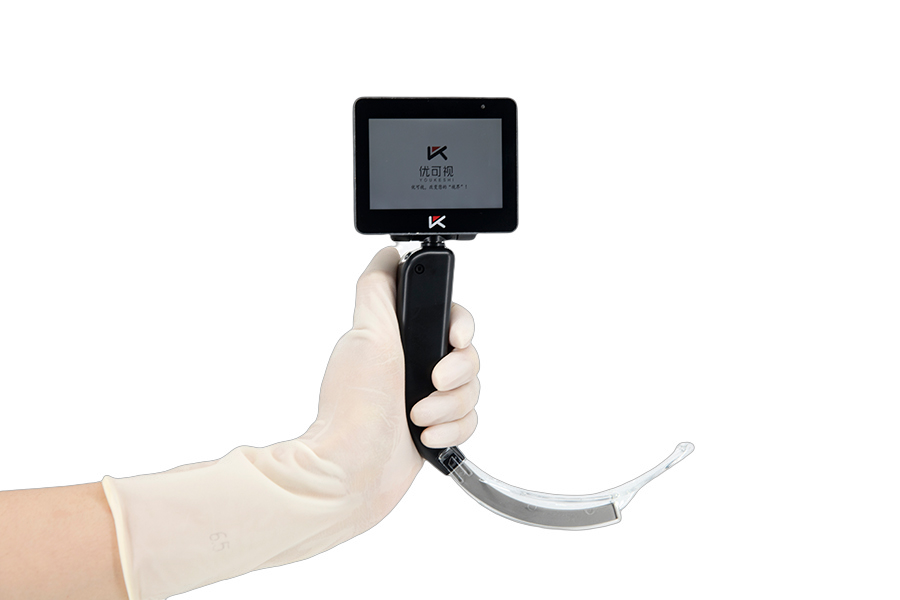
Essential Laryngoscope Parts and Their Vital Uses
The laryngoscope is a vital medical instrument that allows doctors to examine the throat and vocal cords with precision. By providing a clear view of the airway, it plays a crucial role in various medical procedures, particularly in airway management. This tool is essential for ensuring patients can breathe properly, as it facilitates safe and ... Read more
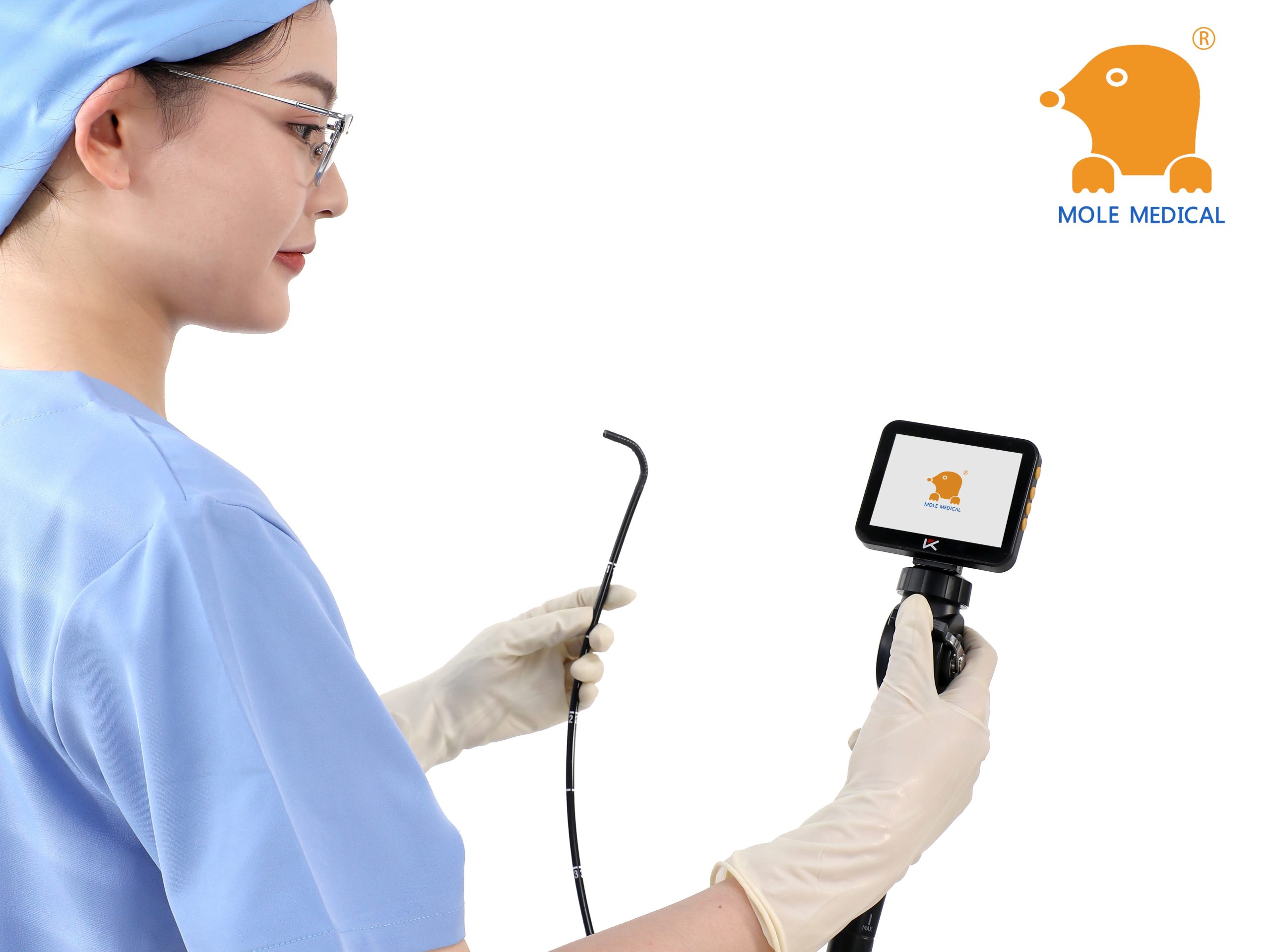
From cleaning to maintenance: a holistic management strategy for Mole medical electronic bronchoscopes
In the modern medical field, electronic bronchoscope is an important tool for the diagnosis and treatment of respiratory diseases, and its accuracy and safety are directly related to the treatment effect and life safety of patients. Mole Medical's electronic bronchoscopes are widely recognized for their superior performance and precise diagnostic capabilities. However, to ensure that this high-end equipment is always in top condition, a comprehensive management strategy from cleaning to maintenance is essential.

More than ten years focus on the field of anesthesia Jiangsu Mole Medical, providing airway equipment for thousands of hospitals around the world
More than ten years focus on the field of anesthesia Jiangsu Mole Medical, providing airway equipment for thousands of hospitals around the world
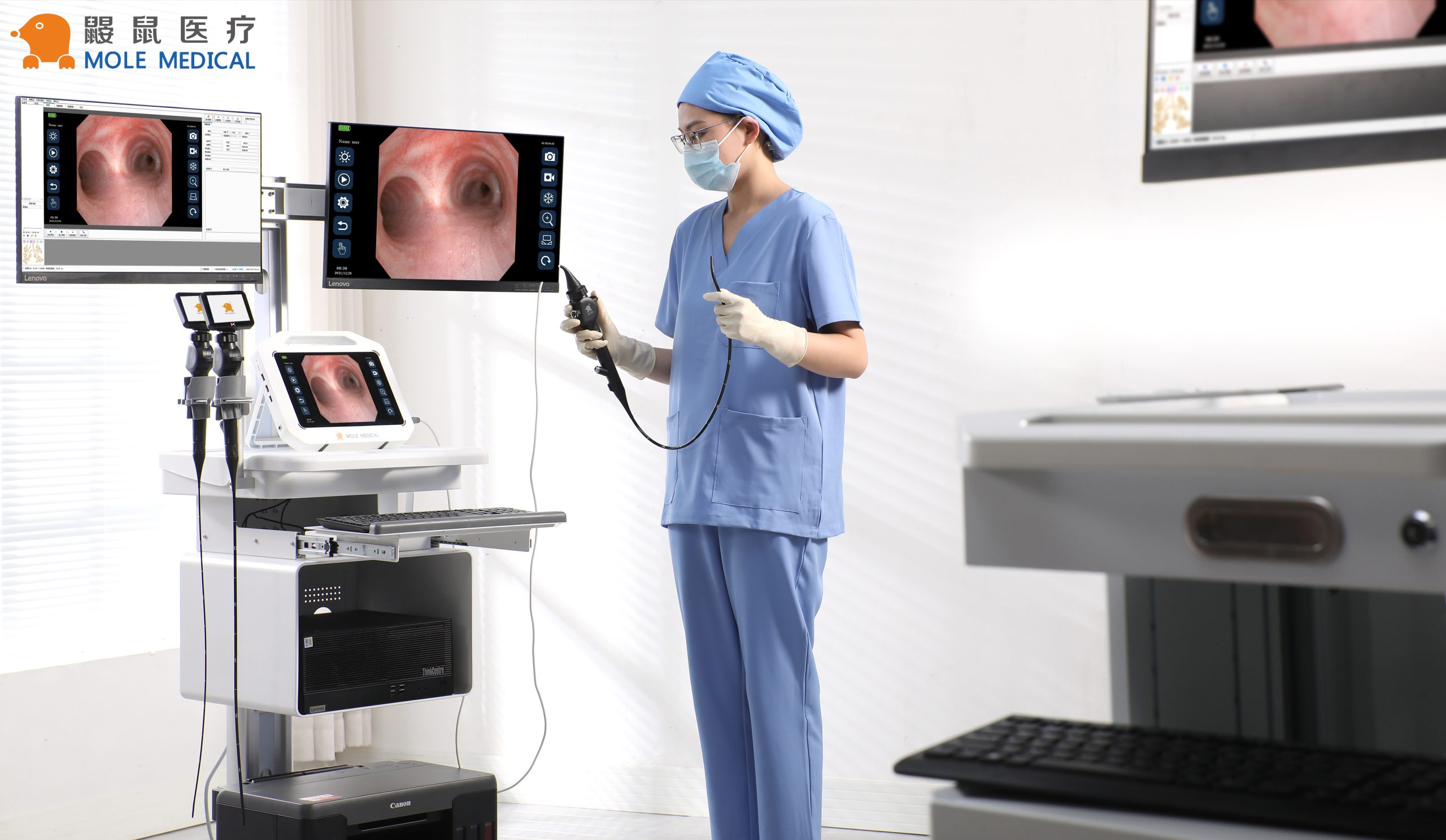
Emergency department essential: Mole medical portable video endotracheal intubation scope in the actual advantages of pre-hospital emergency
In the complex environment of pre-hospital emergency treatment, establishing artificial airway quickly and accurately is one of the key steps to save patients' lives. The traditional endotracheal intubation operation under direct laryngoscope has some problems such as limited field of vision and difficult operation, especially in the case of patients with limited neck movement, excessive oral secretions or anatomic abnormalities, and the success rate may be affected. In recent years, with the advancement of medical technology, portable video endotracheal intubation scopes have gradually become an important tool in emergency departments. Among them, the portable video endotracheal intubation scopes of Mole Medical show significant practical advantages in pre-hospital emergency care with its unique design and performance.
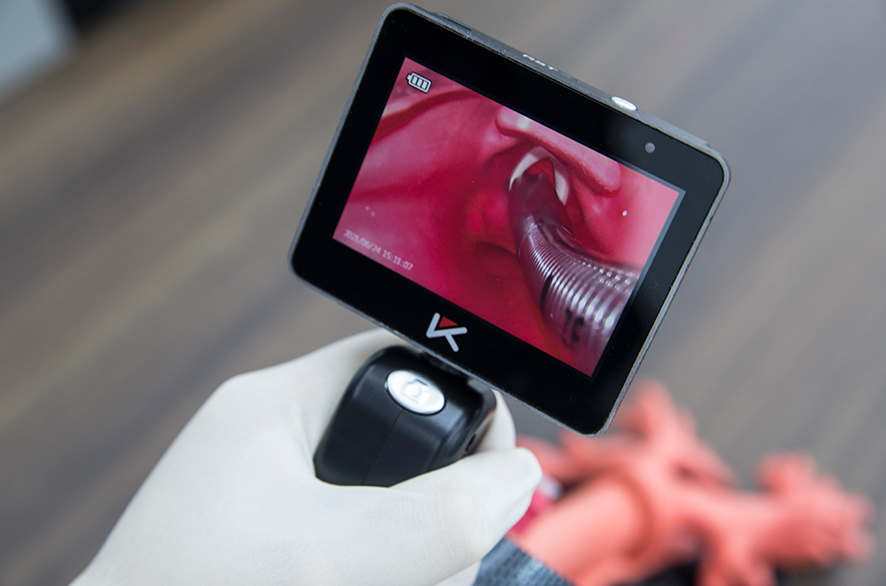
Disposable Video Laryngoscope for Adult Intubation: Advanced Airway Management
Why is good airway management important in emergencies and surgeries? Doctors and nurses must quickly and safely place a breathing tube in many patients. This is especially hard when the airway is difficult to see or reach. Video laryngoscopes help with this. They have a small camera that shows a clear view of the airway. ... Read more



